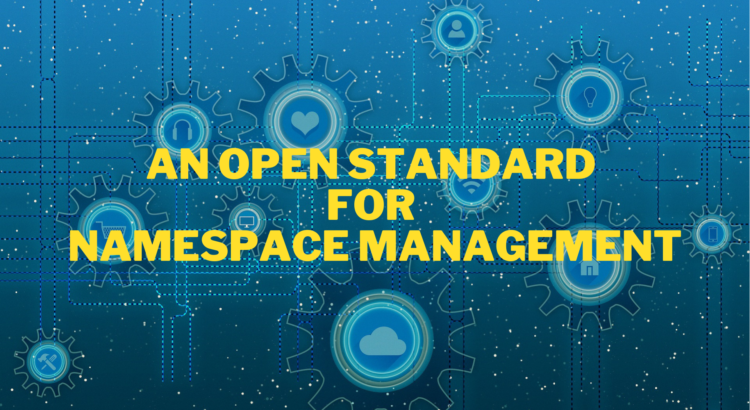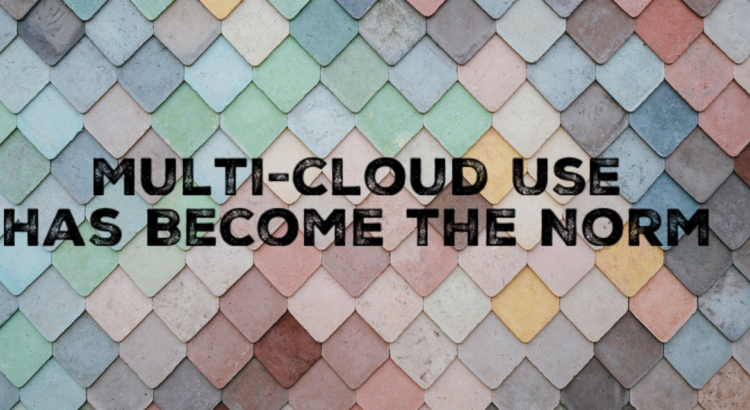
Complexities of Object Storage Compatibility Q&A
72% of organizations have encountered incompatibility issues between various object storage implementations according to a poll at our recent SNIA Cloud Storage Technologies Initiative webinar, “Navigating the Complexities of Object Storage Compatibility.” If you missed the live presentation or you would like to see the answers to the other poll questions we asked the audience, you can view it on-demand at the SNIA Educational Library.
The audience was highly-engaged during the live event and asked several great questions. Here are answers to them all.
Q. Do you see the need for fast object storage for AI kind of workloads?
A. Yes, the demand for fast object storage in AI workloads is growing. Initially, object storage was mainly used for backup or archival purposes. However, its evolution into Data Lakes and the introduction of features like the S3 SELECT API have made it more suitable for data analytics. The launch of Amazon’s S3 Express, a faster yet more expensive tier, is a clear indication of this trend. Other vendors are following suit, suggesting a shift towards object storage as a primary data storage platform for specific workloads.
Q. As Object Storage becomes more prevalent in the primary storage space, could you talk about data protection, especially functionalities like synchronous replication and multi-site deployments – or is your view that this is not needed for object storage deployments? Read More



 ),
),


 ) International Standard work? Is it possible be to both S3 and CMDI compliant? What security measures are in place with CDMI? How, and where, is CDMI being deployed? These are just some of the topics we covered at our recent SNIA Cloud Storage Technologies (CSTI) webcast, “
) International Standard work? Is it possible be to both S3 and CMDI compliant? What security measures are in place with CDMI? How, and where, is CDMI being deployed? These are just some of the topics we covered at our recent SNIA Cloud Storage Technologies (CSTI) webcast, “
 ), also known as the ISO/IEC 17826 International Standard, is intended for application developers who are implementing or using cloud storage systems, and who are developing applications to manage and consume cloud storage. It specifies how to access cloud storage namespaces and how to interoperably manage the data stored in these namespaces. Standardizing the metadata that expresses the requirements for the data, leads to multiple clouds from different vendors treating your data the same.
), also known as the ISO/IEC 17826 International Standard, is intended for application developers who are implementing or using cloud storage systems, and who are developing applications to manage and consume cloud storage. It specifies how to access cloud storage namespaces and how to interoperably manage the data stored in these namespaces. Standardizing the metadata that expresses the requirements for the data, leads to multiple clouds from different vendors treating your data the same. 
